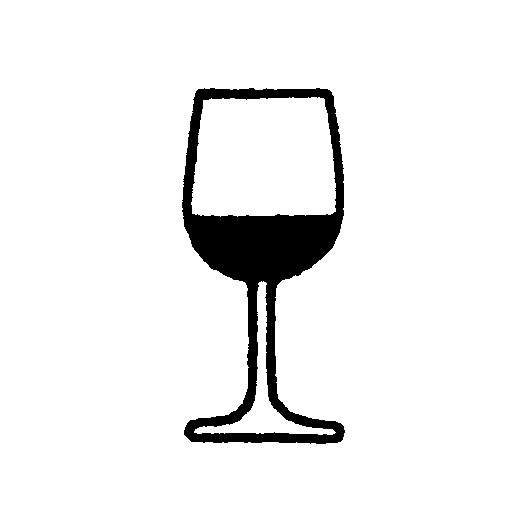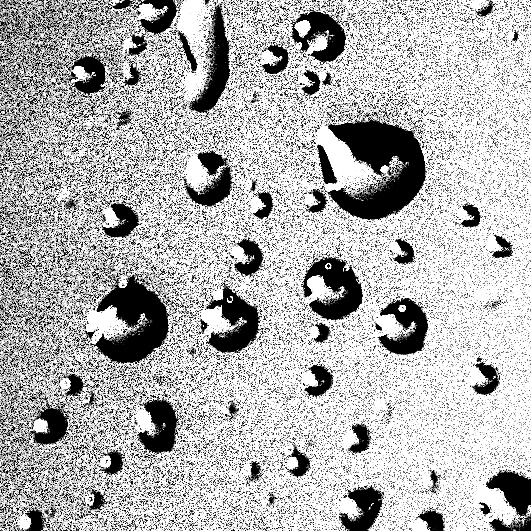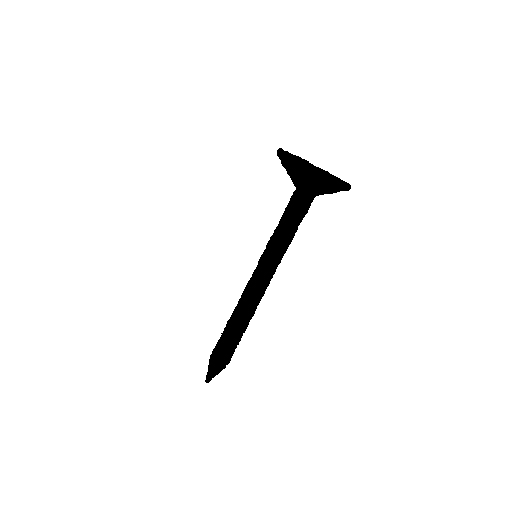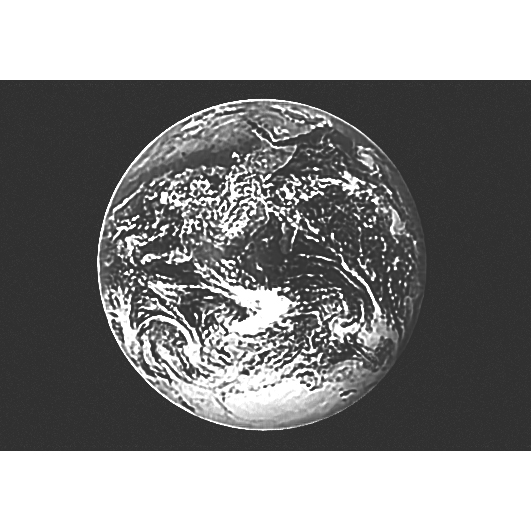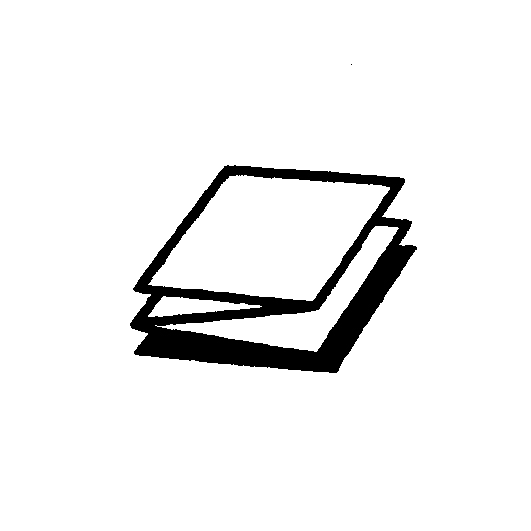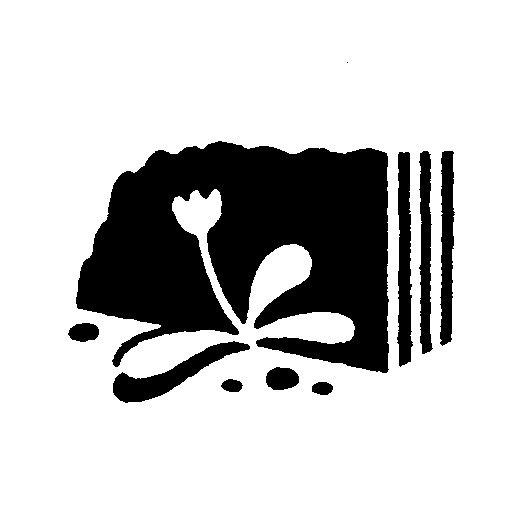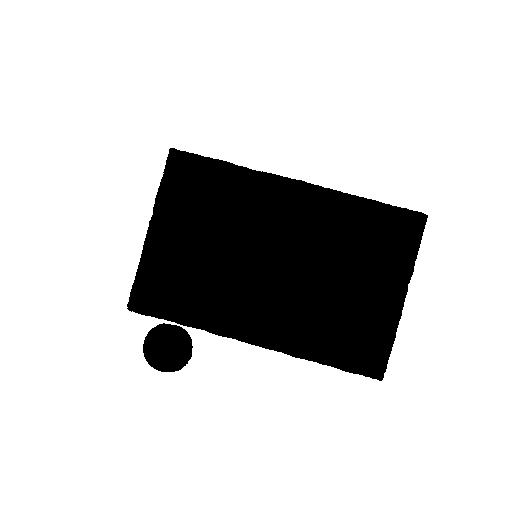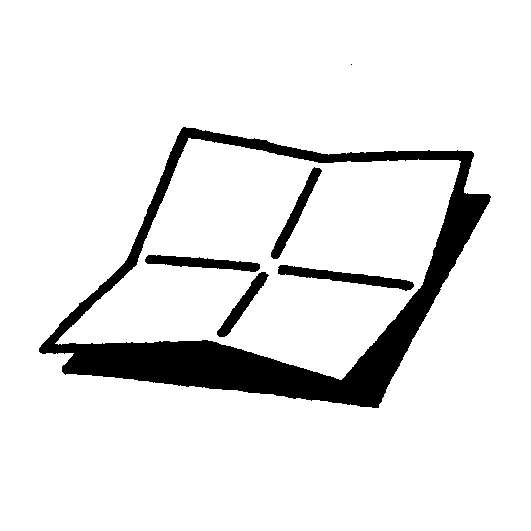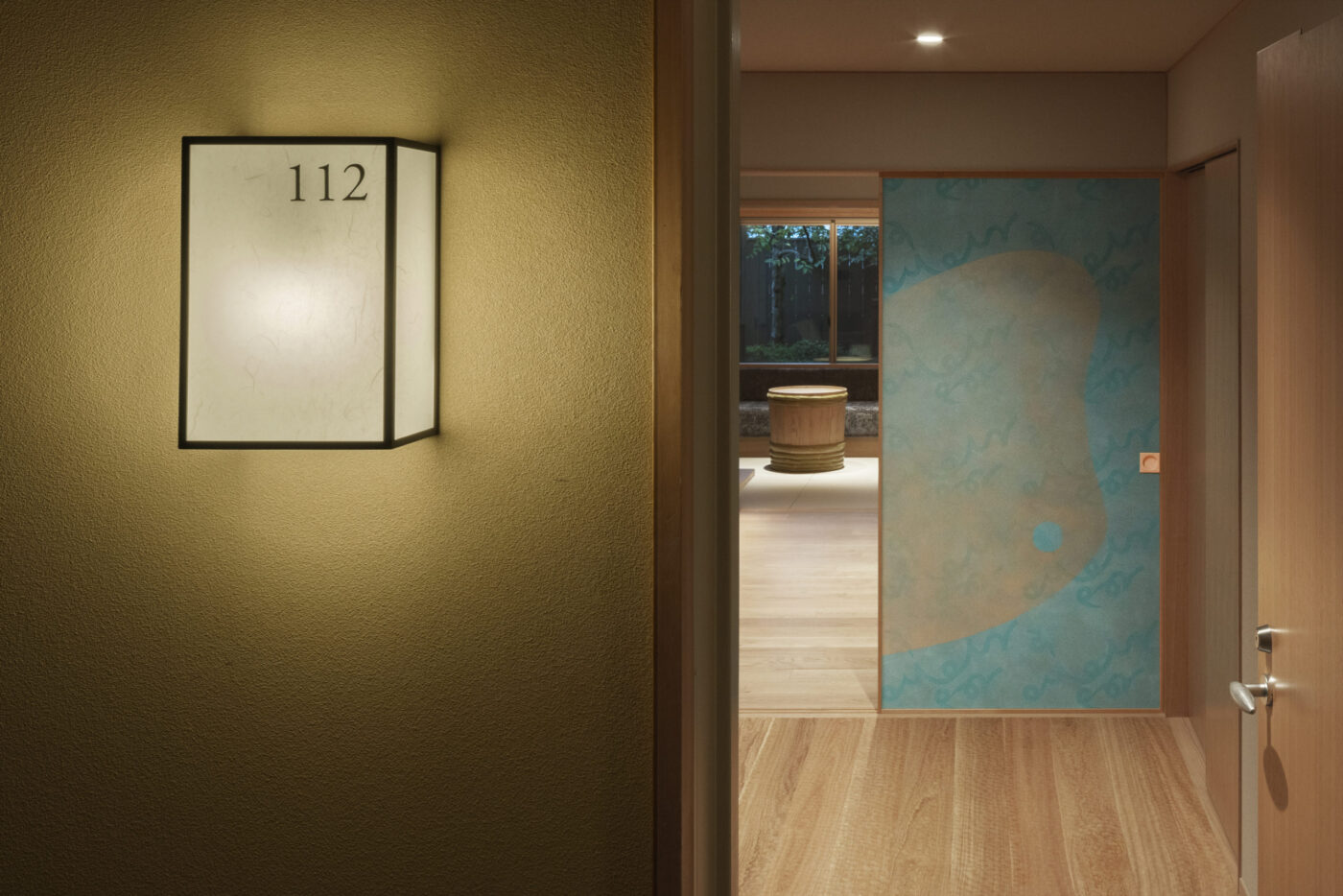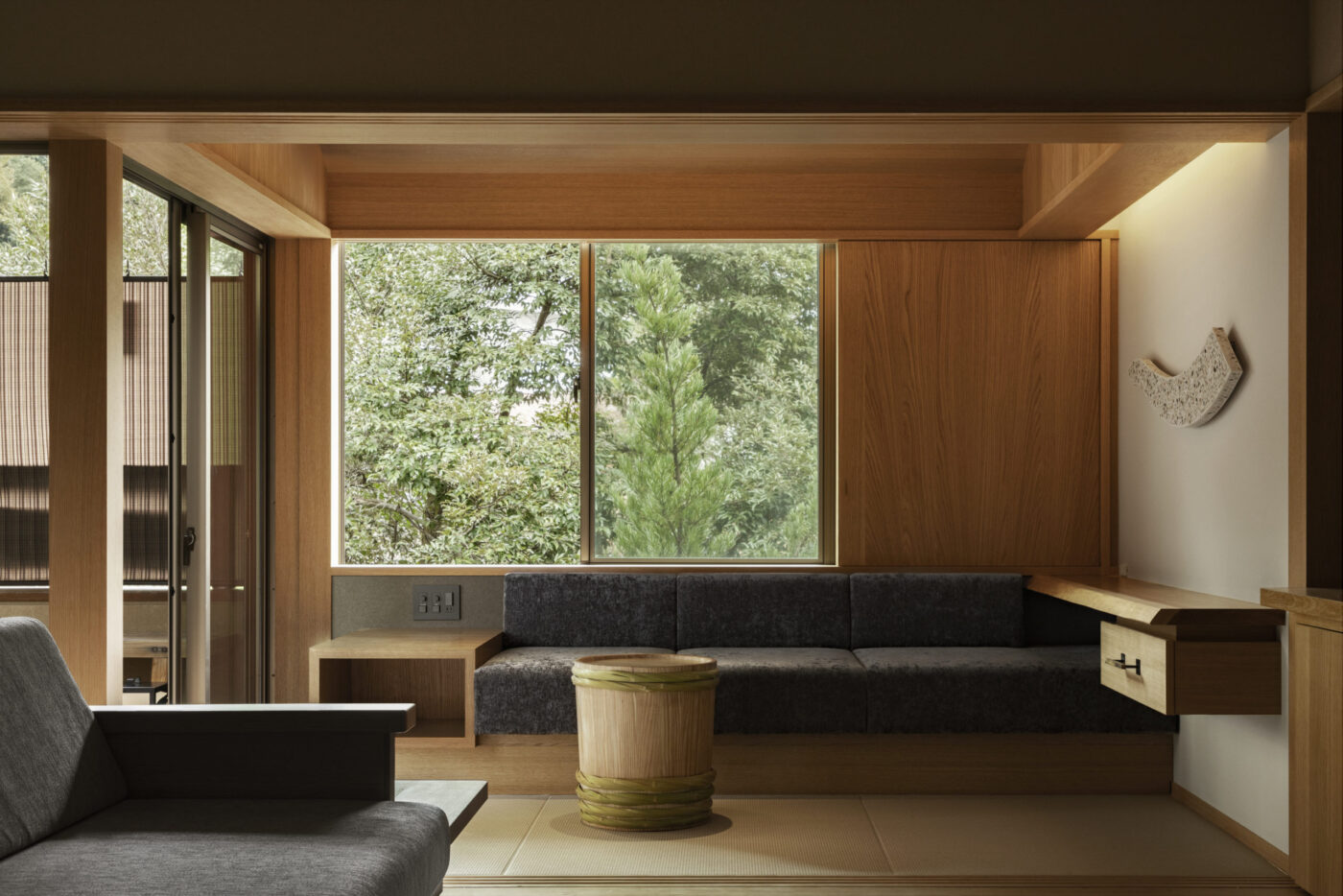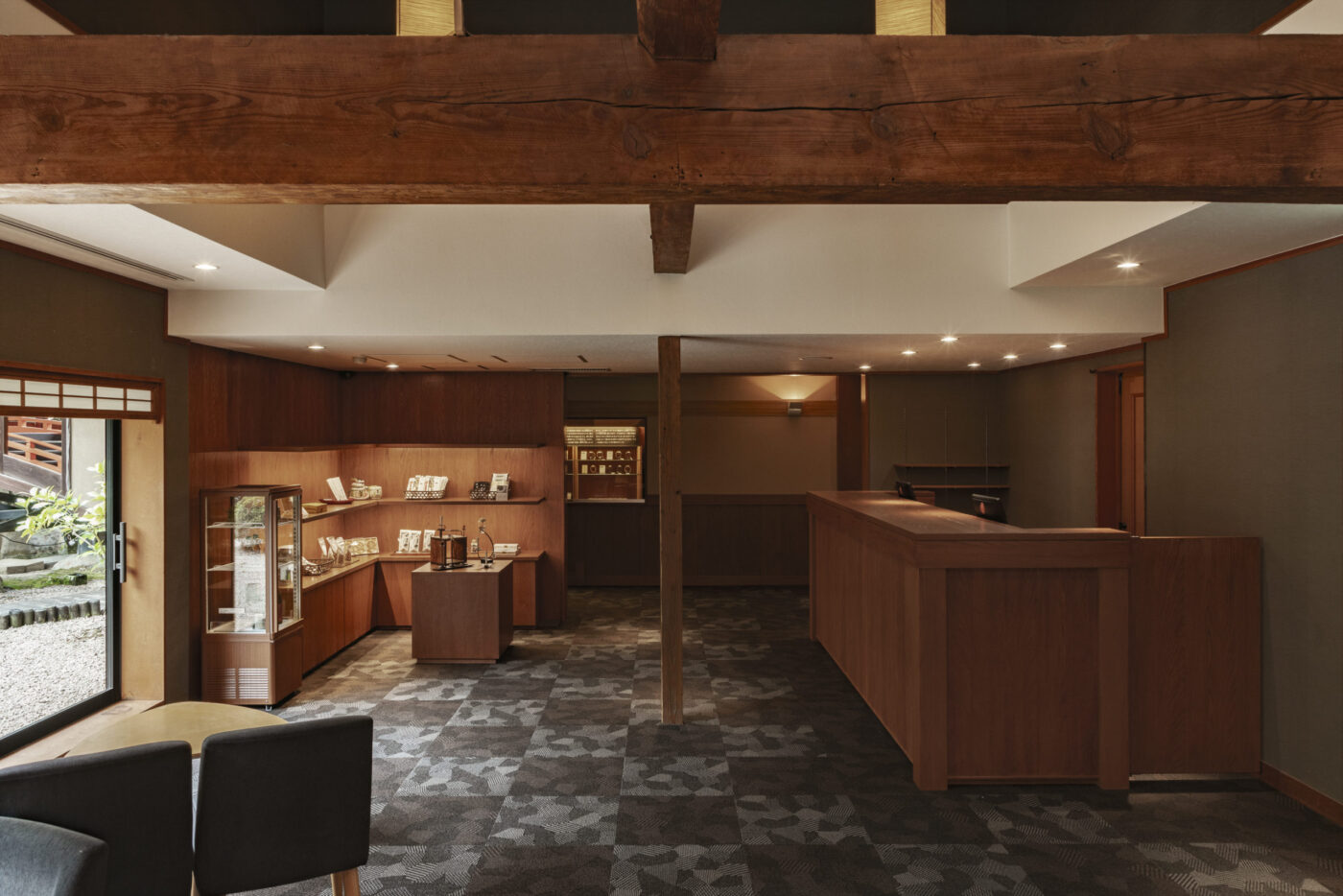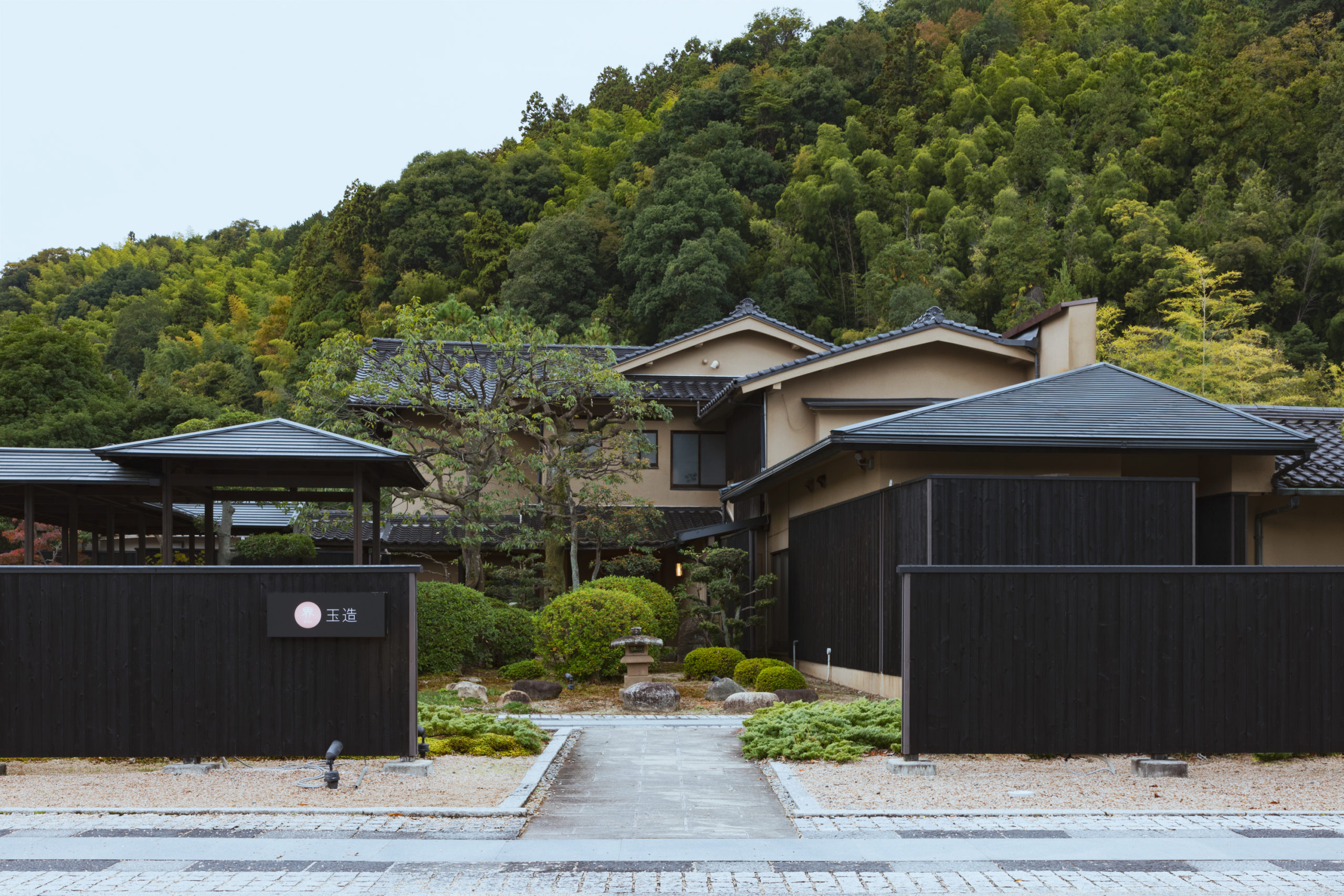
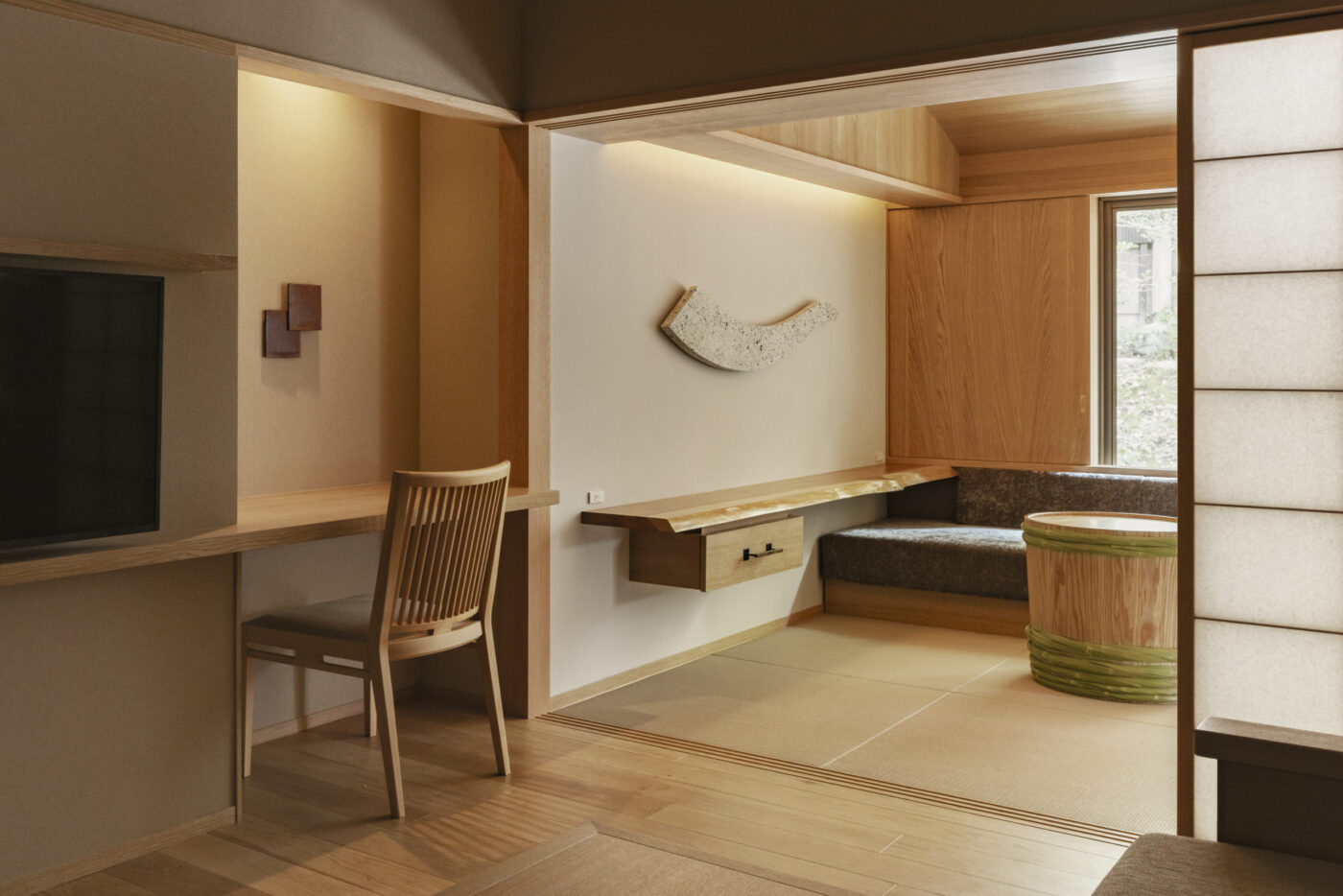
Hoshino Resorts KAI Tamatsukuri Hoshino Resorts KAI Tamatsukuri Hoshino Resorts KAI Tamatsukuri
- 敷地 Site 场地
-
島根県松江市
Matsue City, Shimane,JAPAN
日本岛根县松江市
- 主要用途 program 主要功能
-
温泉旅館
Hot spring inn
温泉旅馆
- 改修面積 refurbished area 装修面积
-
1階_12室(49㎡/1室) 2階_12室(40㎡/1室) 計24部屋(1,068㎡/24室) ロビー(52.83㎡)、ライブラリー(28.20㎡)、湯上り処FFE(23.04㎡)
1st floor 12 rooms (49㎡/1 room) 2nd floor 12 rooms (40㎡/1 room) Total 24 rooms (1,068㎡/24 rooms) Lobby (52.83㎡), library (28.20㎡), Bathhouse FFE (23.04㎡)
一楼_12间(49平方米/1间)二楼_12间(40平方米/1间)共24间(1068平方米/24间)大厅(52.83平方米),图书馆(28.20平方米),温泉休息厅(23.04平方米)
- 施主 client 业主
-
星野リゾート・リート投資法人
Hoshino Resorts REIT Investment Corporation
星野集团REIT投资公司
- 設計 design 设计
-
株式会社小大建築設計事務所
kooo architects
小大建筑设计事务所
- 担当 staff 负责人
-
小嶋伸也・小嶋綾香・泰川恵多朗・小川恭平
Shinya Kojima, Ayaka Kojima, Keitaro Yasugawa, Kyohei Ogawa
小岛伸也,小岛绫香,泰川惠多朗,小川恭平
- 施工 construction 施工
-
まるなか建設株式会社
Marunaka Construction Co., Ltd.
Marunaka建設株式会社
- 写真 photo 摄影
-
堀越圭晋/ エスエス
Keishin Horikoshi/SS
堀越圭晋/ エスエス
- タイル制作 tile production 瓷砖制作
-
湯町窯
Yumachi tile
汤町窑
- 酒樽制作 sake barrel production 酒桶的生产
-
藤井製桶所・株式会社ウッドワーク
Fujii Seiokesho, Woodwork Co., Ltd.
藤井製桶所・株式会社木工坊
- 取手制作 toride Production 手柄制作
-
鍛冶工房弘光
Blacksmith Koubou Hiromitsu
鍛冶工房弘光
- 研ぎ出し制作 togidashi Production 研磨制作
-
原田左官
Harada Sakan
原田左官
- めのう勾玉提供 agate magatama provided by 玛瑙勾玉提供
-
めのやしんぐう
Menoya Shingu
めのやしんぐう Menoyashinguu
- 藍染制作 indigo dyeing production 蓝染制作
-
天野紺屋
Konya Amano
天野紺屋
- 襖制作 fusuma production 襖
-
野田版画工房
Noda Print Studio
野田版画工房
- サイン sign design sign design
-
PINHOLE
PINHOLE
PINHOLE
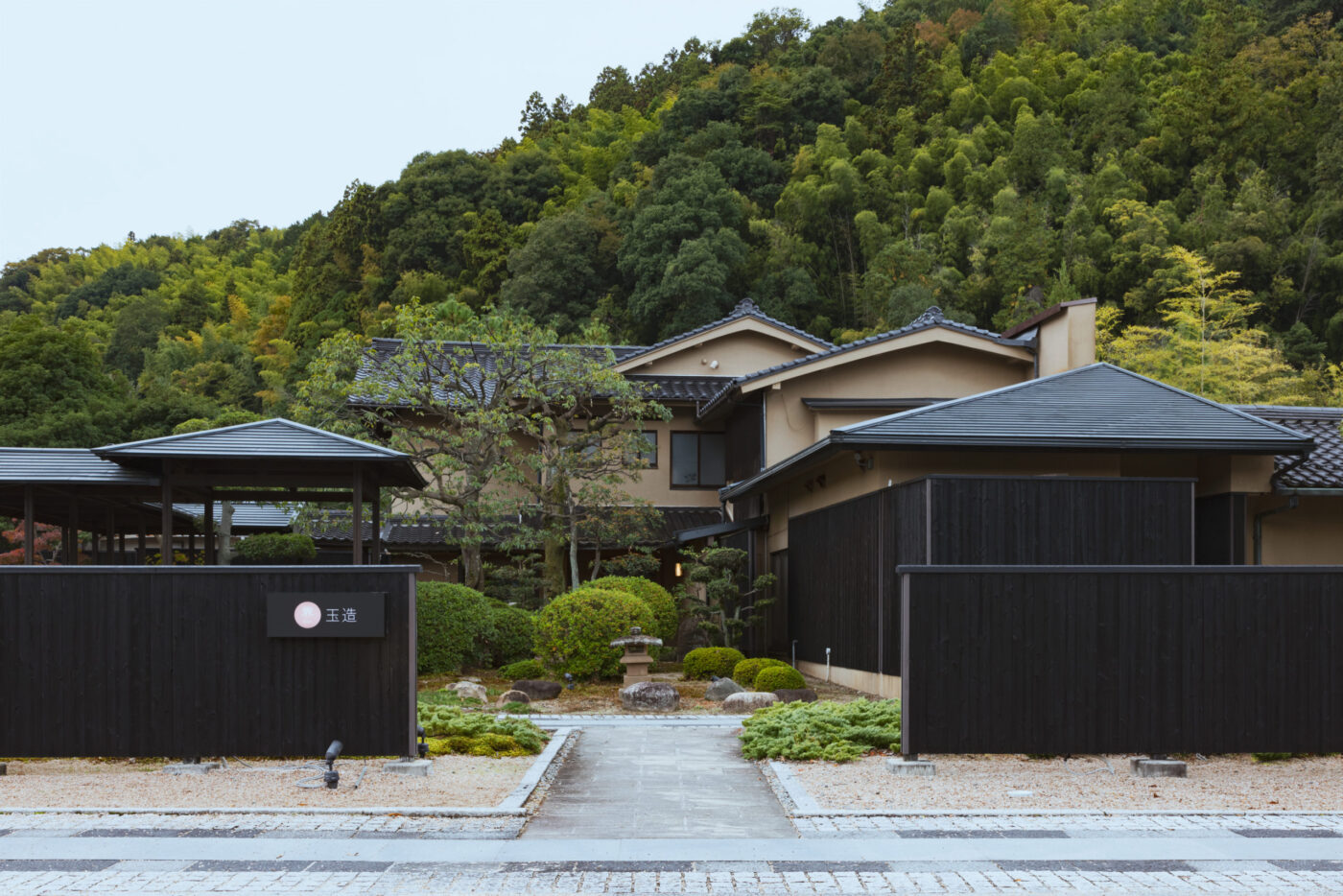
玉造温泉は1300年前に綴られた「出雲国風土記」にて「神の湯」と記される程の良質な温泉が湧き出る日本最古の温泉街。島根県松江市玉湯町玉造(旧出雲国)に位置し、宍道湖へと水資源を注ぐ玉湯川が流れ、温泉の熱源を保護する花仙山に近接します。日本最古から続くいにしえの湯を彷彿させ、また温泉と共に培われた文化・民芸、神話の息づく神秘の宿を表現しました。
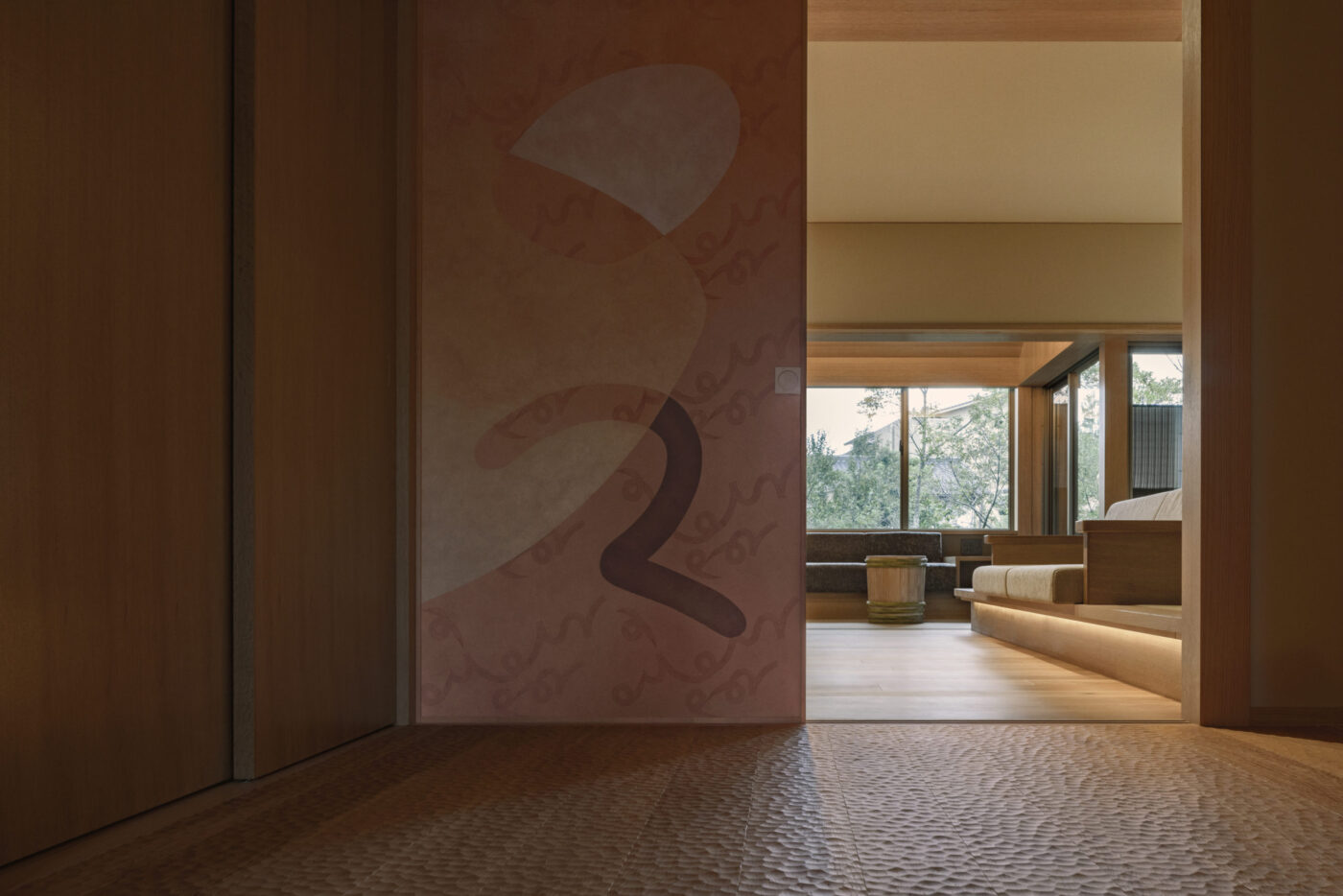
客室で初めに踏み入れる玄関では、「玉湯の間」をイメージした襖がお出迎えします。名栗加工を施した床材が視覚だけでなく履物を脱いだ一歩目の感触で足元から旅館のおもてなしを体感させます。

襖を開けると奥へといざなうよう自然光が差し込む場所に、島根県の文化に触れられるギャラリースペースを計画しました。この地の民芸文化を内包し、その魅力に包み込まれることを意図したアール天井のもと、酒樽のテーブルの上で島根県産の日本酒を嗜むことや、めのう勾玉の入った研ぎ出しアート、茶器の引き出し取手にたたら製鉄と、この地域で育まれた素材を細部に取り込みました。
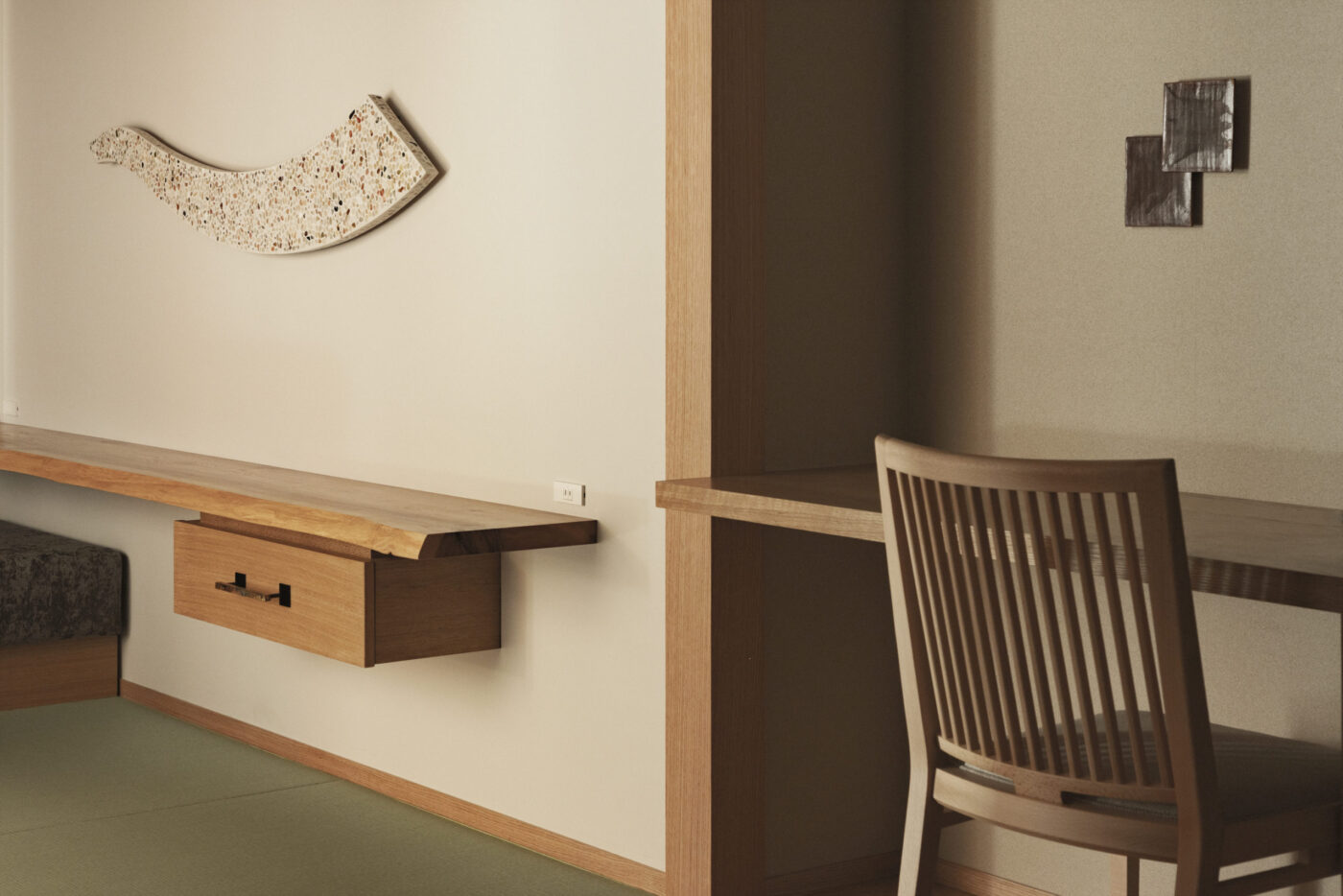
島根県東部にある出雲地方では、約1400年前から砂鉄と木炭を用いた「たたら製鉄」と呼ばれる鉄づくりが盛んに行われていました。昨今殆どの鉄加工を機械が占めるなか、手仕事によって丁寧に造り上げるその鉄肌は、柔らかな鎚跡が残り、当時の鍛冶業を連想させます。デスクアートには湯町窯タイル。大正11年開窯した伝統的な材料や製法を用いて作られる「湯町窯」の黄釉の釉薬が島根の大地を感じさせます。
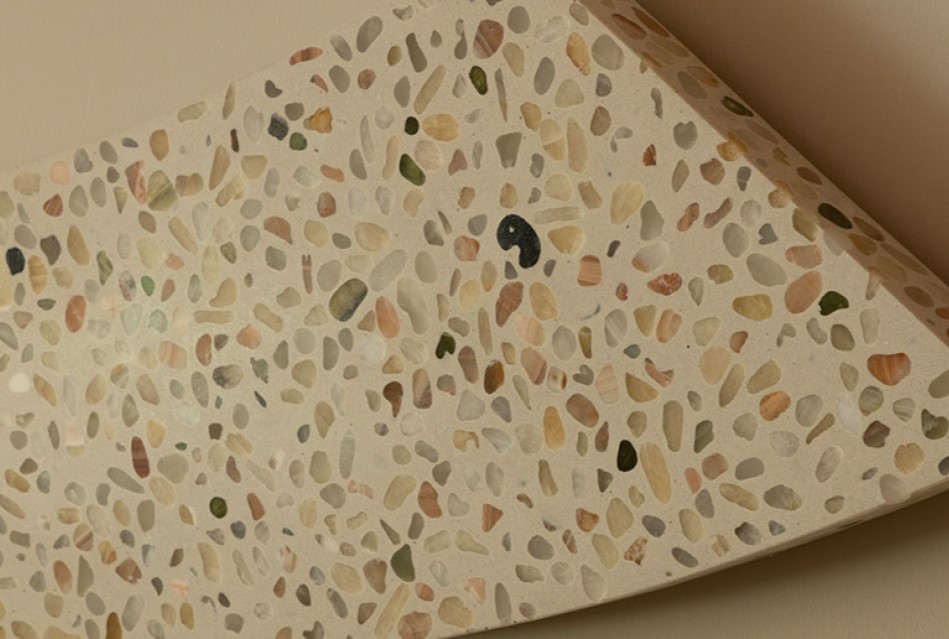
大自然で育まれた銘水と米が豊富な島根では、多くの酒蔵があり、日本酒発祥の地と言われています。日本酒を貯蔵し持ち運びするために盛んに江戸時代で使われてきた酒樽を用い、島根の銘酒を嗜む酒樽テーブルを吉野杉で製作しました。
壁面に配置しているアートピースはメノウ(出雲石)を用いて、施設傍を流れる玉湯川の情景を研ぎ出しアートとして表現しています。玉造温泉近くの丘陵地、花仙山は、平安時代に勾玉の産地として栄え、三種の神器の一つである「八尺瓊勾玉(やさかにのまがたま)」を製造した地として知られています。
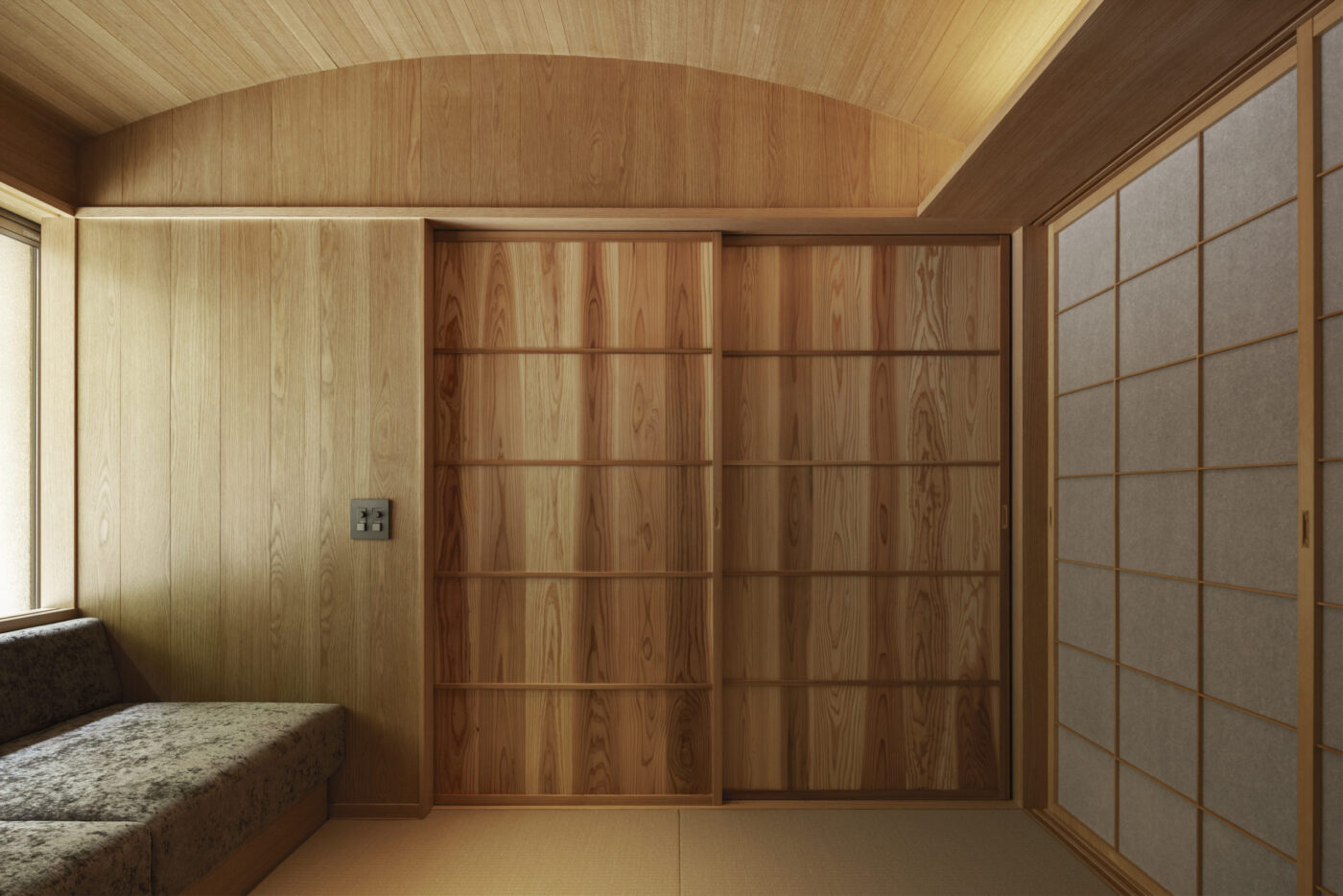
ギャラリーの天井には間接照明を設置し光は天井の曲面をなめることで、より包み込まれる感覚を与えます。寝室側は穏やかで均一な自然光が回り込むよう障子で一面整えています。また隣接して露天風呂への脱衣スペースを設え、いにしえの湯をより心地よく体験して頂くため、タオルやアメニティ等をゆとりをもって配置する大きなカウンターを設置しました。

玉造温泉は、「出雲国風土記」に「いで湯に一度入ると、容姿が端麗になり、再び入れば万病が治る」と綴られたことから、奈良時代から現在まで、美肌の湯として知られる温泉地です。全室露天風呂付で自然に囲まれ、いにしえの湯を堪能できます。
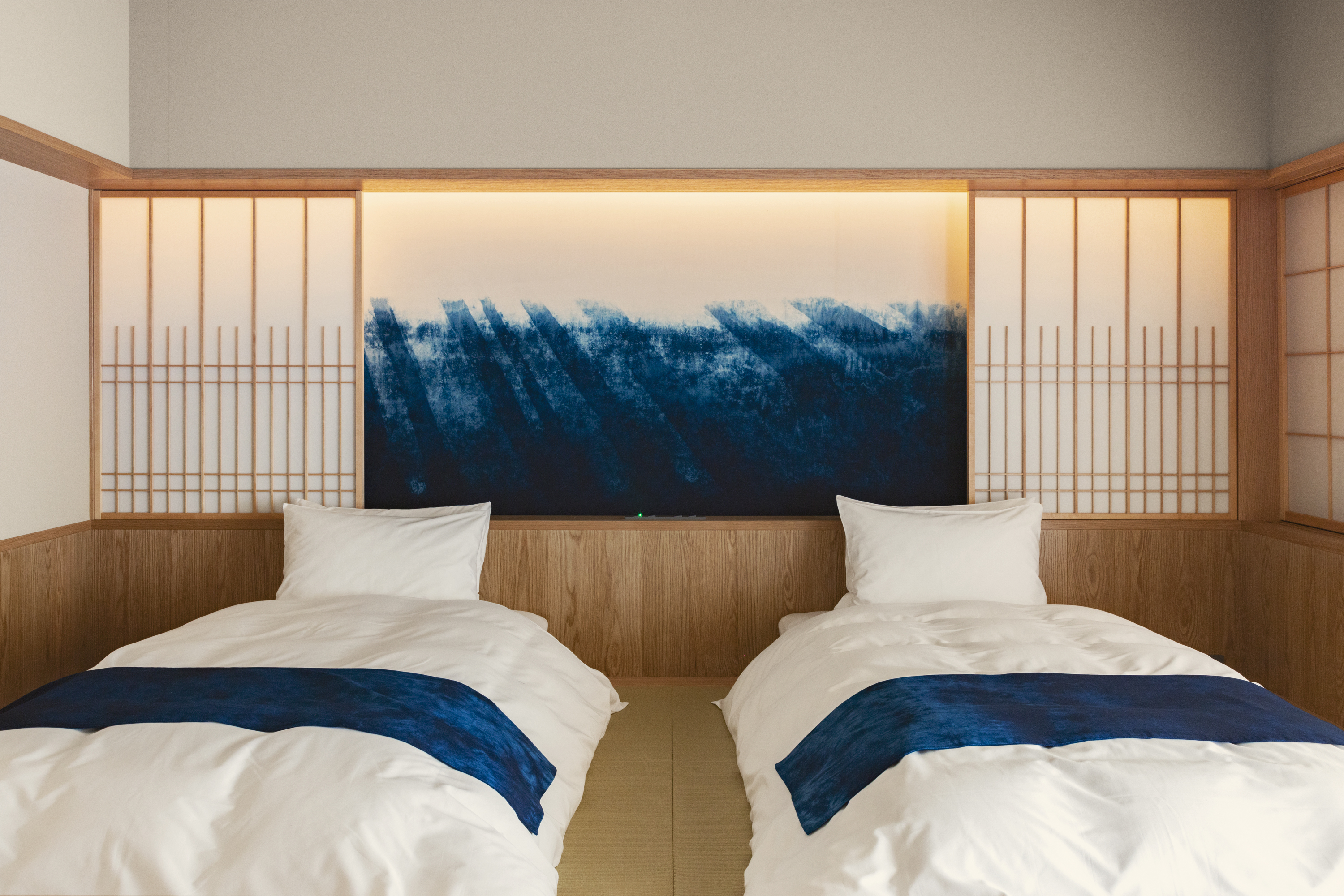
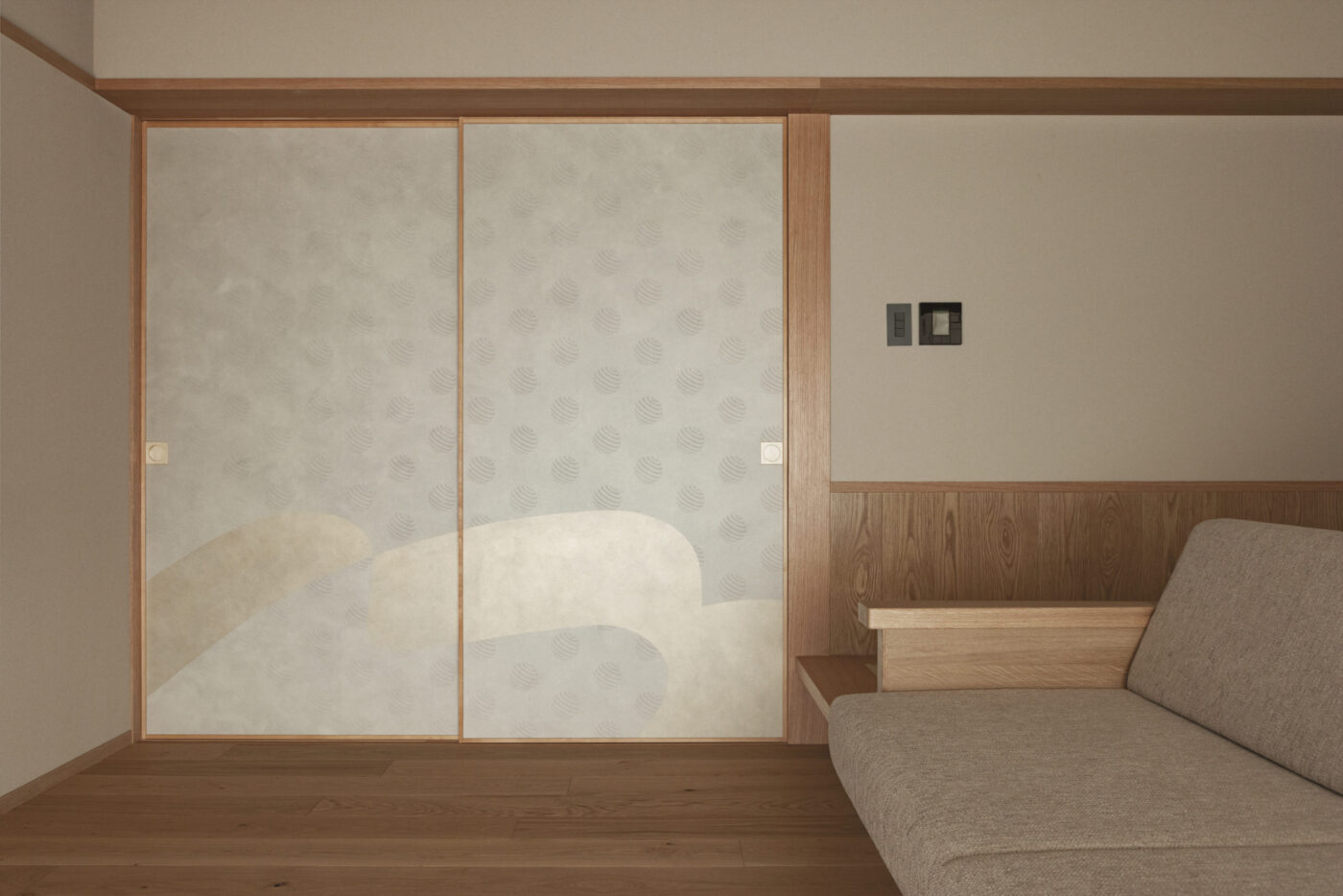
藍染のベッドボードは、宍道湖に雲の隙間から太陽が差し込む薄明光線を表現しています。光が差し込む島根の地の神々しさと山陰ならではの穏やかな景色に包まれて眠りにつくことをイメージしています。
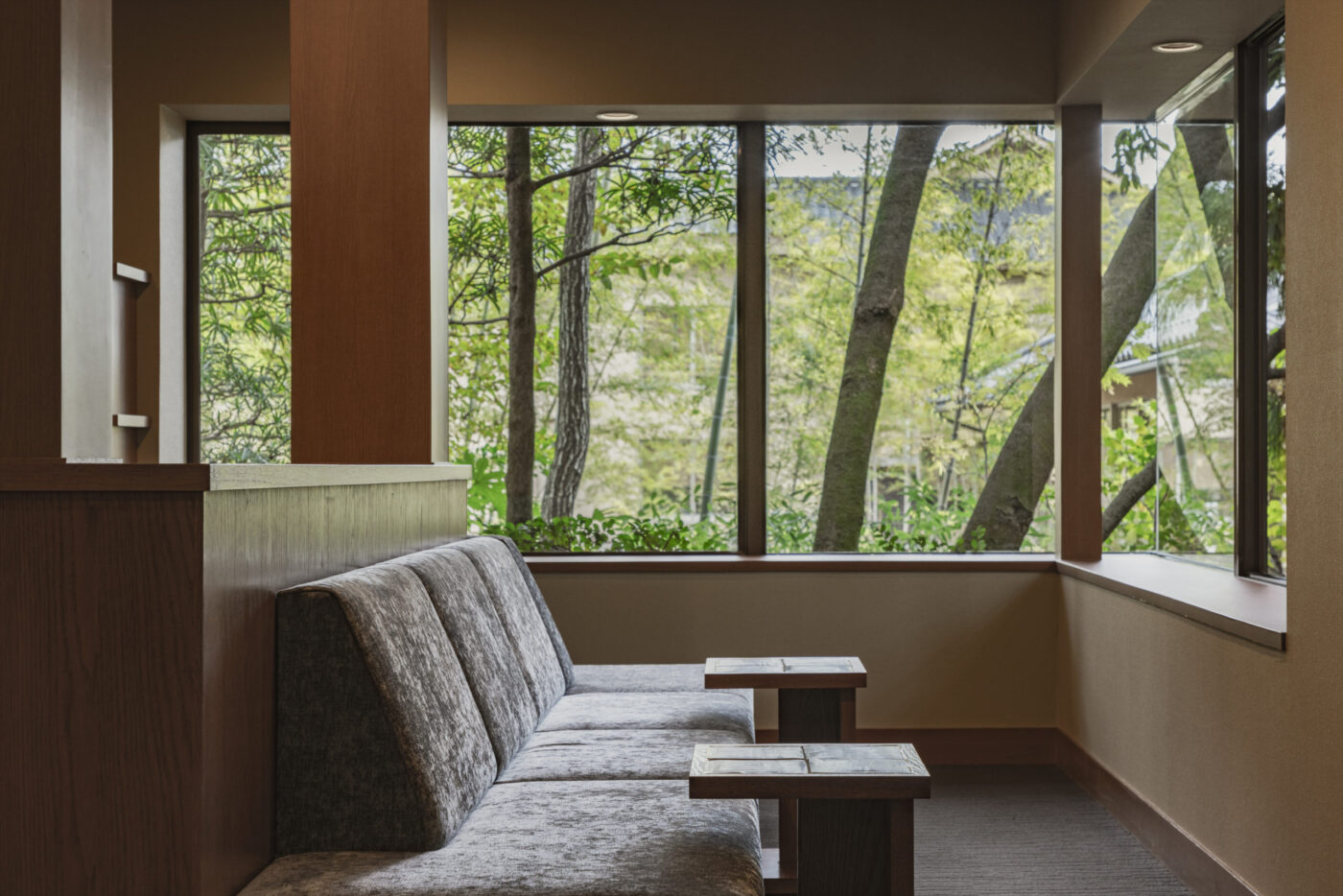
ライブラリースペースでは、窓に面したソファースペースから中庭を臨みます。回遊性のある回廊を廻りながら宿の随所で池や中庭、四季折々の風景を垣間見ることで、日本旅館の美を感じます。

Tamatsukuri Onsen is the oldest hot spring resort in Japan, which was described as “God’s Hot Springs” by its high water quality in the “Izumonokuni Fudoki” written 1,300 years ago. It is located in Tamatsukuri, Tamayu Town, Matsue City, Shimane Prefecture (formerly Izumo Country), where the Tamayu River flows into Lake Shinji, near Hansen Mountain, which protects the heat source of the hot springs. In this inn with a sense of mystery, you can feel not only the continuation of Japan’s oldest hot spring, but also the embodiment of culture, folk art, and mythology cultivated with the hot spring

At the entrance, the moment you enter the guest room, you will be greeted by a fusuma (Tang paper sliding door) inspired by “Tamayu’s Room”. The floor is finished with Naguri, a traditional Japanese woodcraft, which not only visually makes you feel the joy of being welcomed, but also gives your feet a touch of home when you take off your shoes and socks and take the first step.

In a space filled with natural light after opening the fusuma, we set up a gallery where you can touch the culture of Shimane Prefecture. The space has an arc ceiling designed to encapsulate the region’s folk-art culture and its charm. Materials cultivated in the area are incorporated into small details such as furniture and utensils. Visitors can enjoy Japanese sake produced in Shimane Prefecture on a sake barrel table, watch artworks polished with agate jade, and use an iron handle made of steel, which is crafted by an ancient Japanese traditional steelmaking method.

In the Izumo area located at the eastern part of Shimane Prefecture, a method of making ironware using iron sand and charcoal appeared around 1400 years ago, called “Tatara iron “. Most ironwork today is done by machines, but the surface of “Tatara iron” is carefully crafted by hand, which leaves soft hammer marks, reminiscent of the blacksmith industry back then. The artwork above the table is made of Yumachigama tiles, which opened in 1922. Traditional materials and production methods are used during its production, and its yellow glaze is reminiscent of the land of Shimane.

Shimane Prefecture, rich in rice and water bred by nature, is home to many sake breweries and is said to be the birthplace of sake. Using sake barrels that were used to store and transport sake in the Edo period, a sake barrel table made of Yoshino cedar wood is placed for enjoying Shimane’s famous sake.
The artwork on the wall is made of agate (Izumo stone), representing the scene where the Tamayu River flows through the facility. Hanasen Mountain is a hilly area near Tamatsukuri Onsen, which prospered during the Heian period (794-1185) as a place for producing Magatama, and is famous for producing Yasakani no Magatama, one of the three major sacred objects.

The indirect lighting on the gallery ceiling, with light streaming on the curved surface, creates an enveloping feeling. A Japanese paper shoji is set up on one side of the bedroom, filling the room with even and gentle natural light. Next to the changing area of the open-air bath, there is a multifunctional counter where towels and daily necessities can be stored, allowing people to experience the ancient and traditional hot spring more comfortably.

Tamatsukuri Onsen has been known as a hot spring resort with skin care effects from the Nara period (710-794) to the present, as stated in ” Izumonokuni Fudoki “: “Once you enter the hot spring, your appearance will become beautiful, if You enter again and you will be cured of all diseases”. The open-air hot springs in all rooms are surrounded by nature, allowing you to enjoy the atmosphere of ancient hot springs.

The Aizome(Japanese blue dye) bedside decoration represents the gentle but bright sun’s rays shining through the gaps in the clouds over Lake Shinji. You could fall asleep surrounded by the divinity of the light-filled land of Shimane and the tranquil landscape unique to the San’in region.

In the library space of the lobby, a sofa facing the window allows you to overlook the yard. As you walk around the circular corridor, you can glimpse the ponds, courtyards and seasonal scenery throughout the facility and feel the beauty of Japanese hotels.

玉造温泉是日本最古老的温泉胜地,其温泉的高质量,在1300年前写成的《出云国风土记》中被描述为 “神的温泉”。 它位于岛根县(原出云国)松江市玉宇町的玉造,玉汤川在这里流入宍道湖,靠近保护温泉热源的花仙山。 在这间有着神秘感的旅馆,可以感受到的不仅仅是日本最古老的温泉的延续,还有与温泉一起培育的文化、民间艺术和神话的体现。

在玄关处,进入客房的一瞬间,迎接你的是一扇灵感来自「玉汤之间」的袄(唐纸推拉门)。 地板采用日本传统木材工艺名栗饰面,除去视觉上的体验,当你脱下鞋袜,踏上第一步时,脚底会感受到有一种宾至如归的触感。

在将袄拉开后的一个充满自然光的空间内,我们设置了一个可以触摸岛根县文化的小展览室。该空间有一个拱形的天花板,旨在囊括该地区的民间艺术文化,并被其魅力所笼罩。我们在家具,器具等微小细部融入了数种该地区培育的材料,游客可以在酒桶桌上享用岛根县产的日本酒,观赏用玛瑙勾玉打磨的艺术品,以及触摸由出云地区发祥的日本古代传统方式做出来的铁质把手。

在岛根县东部的出云地区,有一种大约1400年前开始盛行的使用铁砂和木炭的铁器制造方式,被称为「吹踏鞴」。不同于现在大多数的由机器制造的铁器,由「吹踏鞴」方式手工精心打造的铁器表面会留下了柔软的锤痕,让人能够联想到当时的铁匠行业。桌子上方上的艺术作品是由湯町窑的瓷砖制成。 大正11年开窑的汤町窑采用传统材料和生产方式,其瓷砖的黄色釉面能让人联想到岛根的大地。

岛根县拥有丰富的大米和大自然孕育的水资源,是许多清酒酿造厂的所在地,据说是清酒的发源地。 利用在江户时代用于储存和运输清酒的酒桶,我们用吉野杉木制作了一个用于享受岛根县名酒的酒桶桌。
墙上的艺术作品是由玛瑙(出云石)制成的,象征着将玉汤川流经该设施的场景。 花仙山是玉造温泉附近的一个丘陵地带,在平安时代(794-1185年)作为生产勾玉的地方而繁荣,并以生产三大神器之一的八尺琼勾玉的地方而闻名。

通过画廊天花上的间接照明,光线顺着天花板的弧形表面流淌下来,创造出一种被暖光包围的氛围。 卧室的一侧设置了整面和纸障子,让房间里充满均匀而又温和的自然光。 在露天浴场的换衣区旁边设有一个多功能的的柜台,可以放置毛巾和生活用品,让人更舒适地体验古老而传统的温泉。

玉造温泉从奈良时期(710-794年)至今一直被称为具有护肤效果的温泉胜地,正如「出云国风土记」中所述:”一旦你进入温泉,你的外表将变得美丽,如果你再次进入,你的所有疾病都会被治愈”。 所有房间的露天温泉都被大自然所包围着,让你享受到古时的温泉氛围。

床头的蓝染装饰表现了太阳透过云层的缝隙照耀在宍道湖上空的轻薄的光线。 游客仿佛在充满光的岛根大地的神性和山阴地区特有的宁静景观的包围下入睡。

从酒店大堂的图书馆空间里的面对窗户的沙发上,可以俯瞰整个院子。 当你走过环形走廊时,可以瞥见整个旅馆的池塘、庭院和季节性风景,并感受到日本旅馆的美。
READ MORE SHOW LESS
- 敷地 Site 场地
-
島根県松江市
Matsue City, Shimane,JAPAN
日本岛根县松江市
- 主要用途 program 主要功能
-
温泉旅館
Hot spring inn
温泉旅馆
- 改修面積 refurbished area 装修面积
-
1階_12室(49㎡/1室) 2階_12室(40㎡/1室) 計24部屋(1,068㎡/24室) ロビー(52.83㎡)、ライブラリー(28.20㎡)、湯上り処FFE(23.04㎡)
1st floor 12 rooms (49㎡/1 room) 2nd floor 12 rooms (40㎡/1 room) Total 24 rooms (1,068㎡/24 rooms) Lobby (52.83㎡), library (28.20㎡), Bathhouse FFE (23.04㎡)
一楼_12间(49平方米/1间)二楼_12间(40平方米/1间)共24间(1068平方米/24间)大厅(52.83平方米),图书馆(28.20平方米),温泉休息厅(23.04平方米)
- 施主 client 业主
-
星野リゾート・リート投資法人
Hoshino Resorts REIT Investment Corporation
星野集团REIT投资公司
- 設計 design 设计
-
株式会社小大建築設計事務所
kooo architects
小大建筑设计事务所
- 担当 staff 负责人
-
小嶋伸也・小嶋綾香・泰川恵多朗・小川恭平
Shinya Kojima, Ayaka Kojima, Keitaro Yasugawa, Kyohei Ogawa
小岛伸也,小岛绫香,泰川惠多朗,小川恭平
- 施工 construction 施工
-
まるなか建設株式会社
Marunaka Construction Co., Ltd.
Marunaka建設株式会社
- 写真 photo 摄影
-
堀越圭晋/ エスエス
Keishin Horikoshi/SS
堀越圭晋/ エスエス
- タイル制作 tile production 瓷砖制作
-
湯町窯
Yumachi tile
汤町窑
- 酒樽制作 sake barrel production 酒桶的生产
-
藤井製桶所・株式会社ウッドワーク
Fujii Seiokesho, Woodwork Co., Ltd.
藤井製桶所・株式会社木工坊
- 取手制作 toride Production 手柄制作
-
鍛冶工房弘光
Blacksmith Koubou Hiromitsu
鍛冶工房弘光
- 研ぎ出し制作 togidashi Production 研磨制作
-
原田左官
Harada Sakan
原田左官
- めのう勾玉提供 agate magatama provided by 玛瑙勾玉提供
-
めのやしんぐう
Menoya Shingu
めのやしんぐう Menoyashinguu
- 藍染制作 indigo dyeing production 蓝染制作
-
天野紺屋
Konya Amano
天野紺屋
- 襖制作 fusuma production 襖
-
野田版画工房
Noda Print Studio
野田版画工房
- サイン sign design sign design
-
PINHOLE
PINHOLE
PINHOLE
PROJECT DATA SHOW LESS

玉造温泉は1300年前に綴られた「出雲国風土記」にて「神の湯」と記される程の良質な温泉が湧き出る日本最古の温泉街。島根県松江市玉湯町玉造(旧出雲国)に位置し、宍道湖へと水資源を注ぐ玉湯川が流れ、温泉の熱源を保護する花仙山に近接します。日本最古から続くいにしえの湯を彷彿させ、また温泉と共に培われた文化・民芸、神話の息づく神秘の宿を表現しました。

客室で初めに踏み入れる玄関では、「玉湯の間」をイメージした襖がお出迎えします。名栗加工を施した床材が視覚だけでなく履物を脱いだ一歩目の感触で足元から旅館のおもてなしを体感させます。

襖を開けると奥へといざなうよう自然光が差し込む場所に、島根県の文化に触れられるギャラリースペースを計画しました。この地の民芸文化を内包し、その魅力に包み込まれることを意図したアール天井のもと、酒樽のテーブルの上で島根県産の日本酒を嗜むことや、めのう勾玉の入った研ぎ出しアート、茶器の引き出し取手にたたら製鉄と、この地域で育まれた素材を細部に取り込みました。

島根県東部にある出雲地方では、約1400年前から砂鉄と木炭を用いた「たたら製鉄」と呼ばれる鉄づくりが盛んに行われていました。昨今殆どの鉄加工を機械が占めるなか、手仕事によって丁寧に造り上げるその鉄肌は、柔らかな鎚跡が残り、当時の鍛冶業を連想させます。デスクアートには湯町窯タイル。大正11年開窯した伝統的な材料や製法を用いて作られる「湯町窯」の黄釉の釉薬が島根の大地を感じさせます。

大自然で育まれた銘水と米が豊富な島根では、多くの酒蔵があり、日本酒発祥の地と言われています。日本酒を貯蔵し持ち運びするために盛んに江戸時代で使われてきた酒樽を用い、島根の銘酒を嗜む酒樽テーブルを吉野杉で製作しました。
壁面に配置しているアートピースはメノウ(出雲石)を用いて、施設傍を流れる玉湯川の情景を研ぎ出しアートとして表現しています。玉造温泉近くの丘陵地、花仙山は、平安時代に勾玉の産地として栄え、三種の神器の一つである「八尺瓊勾玉(やさかにのまがたま)」を製造した地として知られています。

ギャラリーの天井には間接照明を設置し光は天井の曲面をなめることで、より包み込まれる感覚を与えます。寝室側は穏やかで均一な自然光が回り込むよう障子で一面整えています。また隣接して露天風呂への脱衣スペースを設え、いにしえの湯をより心地よく体験して頂くため、タオルやアメニティ等をゆとりをもって配置する大きなカウンターを設置しました。

玉造温泉は、「出雲国風土記」に「いで湯に一度入ると、容姿が端麗になり、再び入れば万病が治る」と綴られたことから、奈良時代から現在まで、美肌の湯として知られる温泉地です。全室露天風呂付で自然に囲まれ、いにしえの湯を堪能できます。


藍染のベッドボードは、宍道湖に雲の隙間から太陽が差し込む薄明光線を表現しています。光が差し込む島根の地の神々しさと山陰ならではの穏やかな景色に包まれて眠りにつくことをイメージしています。

ライブラリースペースでは、窓に面したソファースペースから中庭を臨みます。回遊性のある回廊を廻りながら宿の随所で池や中庭、四季折々の風景を垣間見ることで、日本旅館の美を感じます。

Tamatsukuri Onsen is the oldest hot spring resort in Japan, which was described as “God’s Hot Springs” by its high water quality in the “Izumonokuni Fudoki” written 1,300 years ago. It is located in Tamatsukuri, Tamayu Town, Matsue City, Shimane Prefecture (formerly Izumo Country), where the Tamayu River flows into Lake Shinji, near Hansen Mountain, which protects the heat source of the hot springs. In this inn with a sense of mystery, you can feel not only the continuation of Japan’s oldest hot spring, but also the embodiment of culture, folk art, and mythology cultivated with the hot spring

At the entrance, the moment you enter the guest room, you will be greeted by a fusuma (Tang paper sliding door) inspired by “Tamayu’s Room”. The floor is finished with Naguri, a traditional Japanese woodcraft, which not only visually makes you feel the joy of being welcomed, but also gives your feet a touch of home when you take off your shoes and socks and take the first step.

In a space filled with natural light after opening the fusuma, we set up a gallery where you can touch the culture of Shimane Prefecture. The space has an arc ceiling designed to encapsulate the region’s folk-art culture and its charm. Materials cultivated in the area are incorporated into small details such as furniture and utensils. Visitors can enjoy Japanese sake produced in Shimane Prefecture on a sake barrel table, watch artworks polished with agate jade, and use an iron handle made of steel, which is crafted by an ancient Japanese traditional steelmaking method.

In the Izumo area located at the eastern part of Shimane Prefecture, a method of making ironware using iron sand and charcoal appeared around 1400 years ago, called “Tatara iron “. Most ironwork today is done by machines, but the surface of “Tatara iron” is carefully crafted by hand, which leaves soft hammer marks, reminiscent of the blacksmith industry back then. The artwork above the table is made of Yumachigama tiles, which opened in 1922. Traditional materials and production methods are used during its production, and its yellow glaze is reminiscent of the land of Shimane.

Shimane Prefecture, rich in rice and water bred by nature, is home to many sake breweries and is said to be the birthplace of sake. Using sake barrels that were used to store and transport sake in the Edo period, a sake barrel table made of Yoshino cedar wood is placed for enjoying Shimane’s famous sake.
The artwork on the wall is made of agate (Izumo stone), representing the scene where the Tamayu River flows through the facility. Hanasen Mountain is a hilly area near Tamatsukuri Onsen, which prospered during the Heian period (794-1185) as a place for producing Magatama, and is famous for producing Yasakani no Magatama, one of the three major sacred objects.

The indirect lighting on the gallery ceiling, with light streaming on the curved surface, creates an enveloping feeling. A Japanese paper shoji is set up on one side of the bedroom, filling the room with even and gentle natural light. Next to the changing area of the open-air bath, there is a multifunctional counter where towels and daily necessities can be stored, allowing people to experience the ancient and traditional hot spring more comfortably.

Tamatsukuri Onsen has been known as a hot spring resort with skin care effects from the Nara period (710-794) to the present, as stated in ” Izumonokuni Fudoki “: “Once you enter the hot spring, your appearance will become beautiful, if You enter again and you will be cured of all diseases”. The open-air hot springs in all rooms are surrounded by nature, allowing you to enjoy the atmosphere of ancient hot springs.

The Aizome(Japanese blue dye) bedside decoration represents the gentle but bright sun’s rays shining through the gaps in the clouds over Lake Shinji. You could fall asleep surrounded by the divinity of the light-filled land of Shimane and the tranquil landscape unique to the San’in region.

In the library space of the lobby, a sofa facing the window allows you to overlook the yard. As you walk around the circular corridor, you can glimpse the ponds, courtyards and seasonal scenery throughout the facility and feel the beauty of Japanese hotels.

玉造温泉是日本最古老的温泉胜地,其温泉的高质量,在1300年前写成的《出云国风土记》中被描述为 “神的温泉”。 它位于岛根县(原出云国)松江市玉宇町的玉造,玉汤川在这里流入宍道湖,靠近保护温泉热源的花仙山。 在这间有着神秘感的旅馆,可以感受到的不仅仅是日本最古老的温泉的延续,还有与温泉一起培育的文化、民间艺术和神话的体现。

在玄关处,进入客房的一瞬间,迎接你的是一扇灵感来自「玉汤之间」的袄(唐纸推拉门)。 地板采用日本传统木材工艺名栗饰面,除去视觉上的体验,当你脱下鞋袜,踏上第一步时,脚底会感受到有一种宾至如归的触感。

在将袄拉开后的一个充满自然光的空间内,我们设置了一个可以触摸岛根县文化的小展览室。该空间有一个拱形的天花板,旨在囊括该地区的民间艺术文化,并被其魅力所笼罩。我们在家具,器具等微小细部融入了数种该地区培育的材料,游客可以在酒桶桌上享用岛根县产的日本酒,观赏用玛瑙勾玉打磨的艺术品,以及触摸由出云地区发祥的日本古代传统方式做出来的铁质把手。

在岛根县东部的出云地区,有一种大约1400年前开始盛行的使用铁砂和木炭的铁器制造方式,被称为「吹踏鞴」。不同于现在大多数的由机器制造的铁器,由「吹踏鞴」方式手工精心打造的铁器表面会留下了柔软的锤痕,让人能够联想到当时的铁匠行业。桌子上方上的艺术作品是由湯町窑的瓷砖制成。 大正11年开窑的汤町窑采用传统材料和生产方式,其瓷砖的黄色釉面能让人联想到岛根的大地。

岛根县拥有丰富的大米和大自然孕育的水资源,是许多清酒酿造厂的所在地,据说是清酒的发源地。 利用在江户时代用于储存和运输清酒的酒桶,我们用吉野杉木制作了一个用于享受岛根县名酒的酒桶桌。
墙上的艺术作品是由玛瑙(出云石)制成的,象征着将玉汤川流经该设施的场景。 花仙山是玉造温泉附近的一个丘陵地带,在平安时代(794-1185年)作为生产勾玉的地方而繁荣,并以生产三大神器之一的八尺琼勾玉的地方而闻名。

通过画廊天花上的间接照明,光线顺着天花板的弧形表面流淌下来,创造出一种被暖光包围的氛围。 卧室的一侧设置了整面和纸障子,让房间里充满均匀而又温和的自然光。 在露天浴场的换衣区旁边设有一个多功能的的柜台,可以放置毛巾和生活用品,让人更舒适地体验古老而传统的温泉。

玉造温泉从奈良时期(710-794年)至今一直被称为具有护肤效果的温泉胜地,正如「出云国风土记」中所述:”一旦你进入温泉,你的外表将变得美丽,如果你再次进入,你的所有疾病都会被治愈”。 所有房间的露天温泉都被大自然所包围着,让你享受到古时的温泉氛围。

床头的蓝染装饰表现了太阳透过云层的缝隙照耀在宍道湖上空的轻薄的光线。 游客仿佛在充满光的岛根大地的神性和山阴地区特有的宁静景观的包围下入睡。

从酒店大堂的图书馆空间里的面对窗户的沙发上,可以俯瞰整个院子。 当你走过环形走廊时,可以瞥见整个旅馆的池塘、庭院和季节性风景,并感受到日本旅馆的美。
READ MORE SHOW LESS



